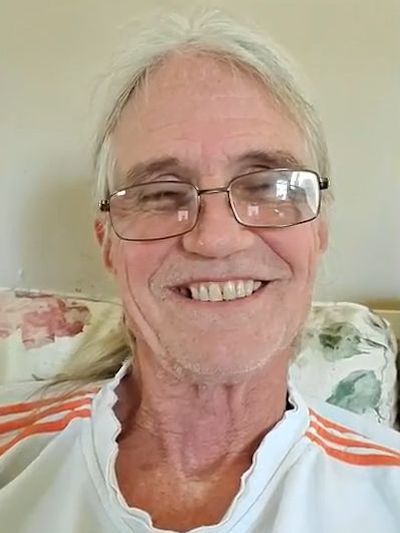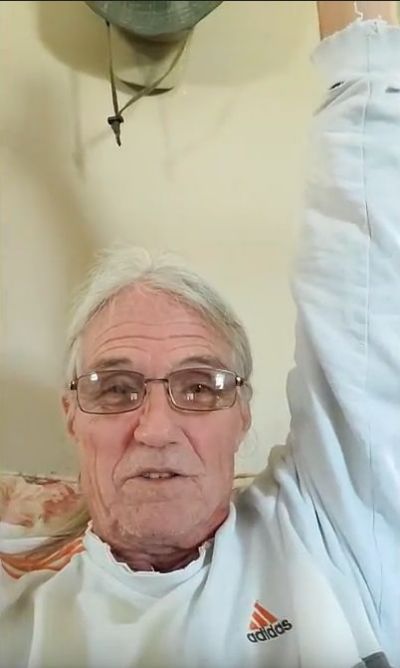SPRINT® PNS; Shoulder Pain
Until the pandemic hit in 2020, Randy Middleton, 59, had spent a career installing and dismantling trade show exhibits in the Washington, D.C. area as a union trade show worker. He says, “It was grueling work that involved climbing a lot of ladders while holding all types of heavy equipment.”
“That business definitely beats you up,” says Randy. “Because of that job, I had to have two surgeries on my right shoulder due to a torn rotator cuff, snapped tendons, and all the dislocations.” The surgeries helped the one shoulder, but a few years ago, his left shoulder started to act up.
He prides himself on his work ethic, though. “I was still working, even with the shoulder pain … I just kept on going,” explains Randy. “I have to have a roof over my head, so I’d take the pain and just keep working, but then COVID hit and I ended up sitting home for the last two years.”
Physical therapy and medications didn’t work
For the first time in his adult life he wasn’t working and finally had time to focus on his pain and seek help. “It got to the point where I couldn’t raise my arm up and I couldn’t even raise it out from my side more than four or five inches.” As a former Marine, Randy sought help at the local Veteran’s Administration hospital. At first, they prescribed physical therapy and various orthopedic equipment to use, which only seemed to aggravate his condition and make his pain worse. “It was over a year’s worth of trying everything, different drugs and medications, and nothing seemed to work.”
He stayed away from opioids for many reasons — including the numerous friends and family members he lost to overdoses. “I’d rather deal with the pain than deal with the opioids,” explained Randy, adding, “I can’t take them and go about my business without putting myself and others at risk. It seemed like they would only work for a couple of days and then I’d have to increase the dose to achieve the same relief. I believe each dose brings you closer to addiction; it’s too risky.” He did try some other medications, but they would only work for a day or two.
Even daily tasks were painful
Randy got to the point where he was almost immobile. “The pain really screws with you because you can't do ordinary things in life … going to the bathroom, showering … I could get dressed as long as I didn't have to move my arm. I mean, I didn't move my arm. It was just dead weight, hanging right there, and if I bumped it, it was excruciating.”
Randy even had to give up his beloved pastime. “I was an avid fisherman and did tournaments, but I couldn’t use my equipment anymore … I couldn’t paddle my boat around, and so the pain just took me out … took me out of everything,” he says.
Ready to try something new
Finally, Randy went to see Dr. Channing Willoughby at Tidelands Pain Management in Myrtle Beach, South Carolina. Dr. Willoughby suggested a new 60-day treatment, the SPRINT PNS system. “I was at a point where I was game to try anything,” says Randy.
The day after SPRINT was inserted, Randy said he was able to raise his arm higher, but still had sharp, shooting pain. He adjusted the SPRINT system’s settings until he found stimulation levels that worked for him. Meanwhile, he continued with the exercises he received from his physical therapist. “As time went on, I kept feeling better and better.”
Back to fishing and enjoying life
Today, nearly a year after finishing his treatment, he flashes a big smile as he shows how he can raise his arm overhead and out to his side with a lot less pain. He’s back to resuming his everyday activities, and says his girlfriend, Michelle, appreciates the difference SPRINT has made. “I’m not much of a complainer, but she could see I was in a lot of pain before. She is definitely happy I can move my arms now and we can walk holding hands every now and again.”
Happily, he’s also been able to get back to fishing in the intercoastal waterways near his home. “I finally was able to go out and do something that I’ve enjoyed for over 50 years, and it felt great.”

